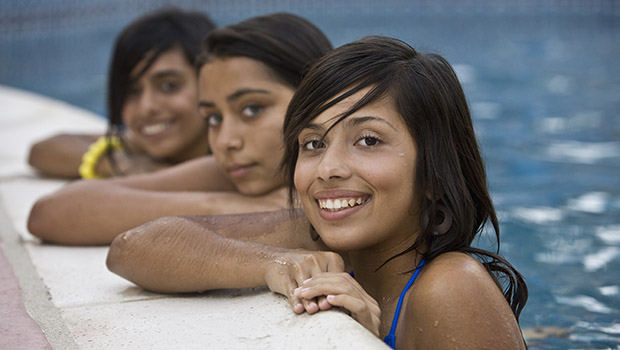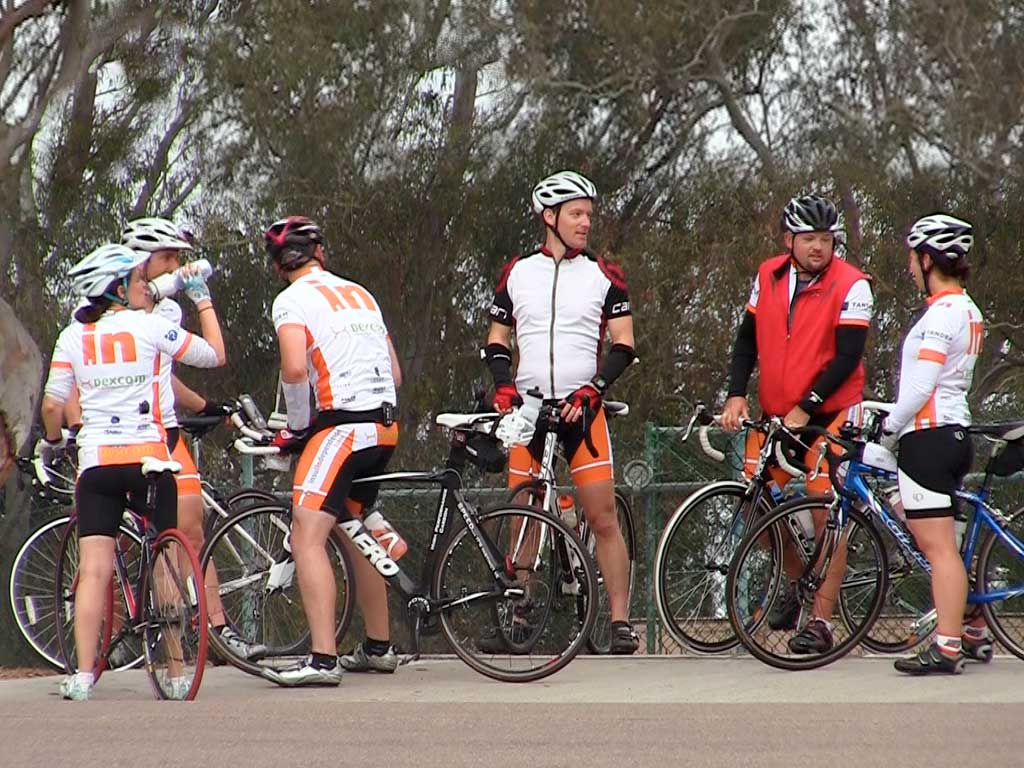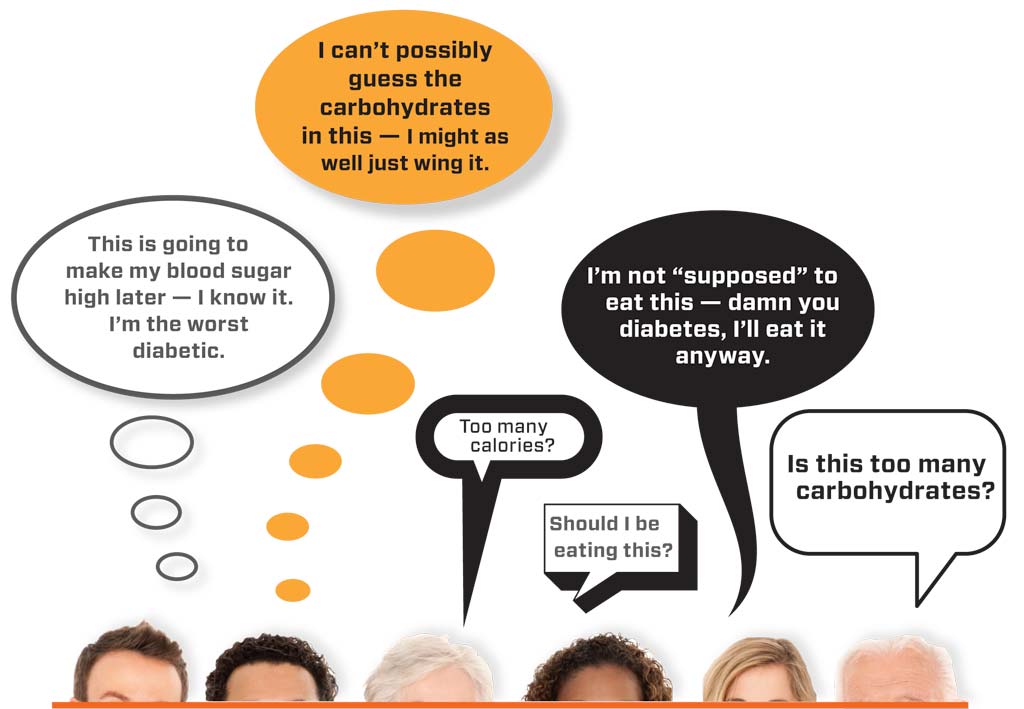
Pop Quiz: You’re about to go on a 3-mile jog with your 10-year-old child, who has Type 1 diabetes. Her blood sugar is 140 mg/dL.
Do you:
A) Reduce her pump’s temp basal rate before you start running to keep her blood sugar stable and prevent a low.
B) When, according to her continuous glucose monitor (CGM), she starts dropping below 110 mg/dL, start giving her fast-acting sugars, hoping to stop her from dropping even further.
C) Panic a little at 1.5 miles because the CGM says 85 mg/dL and still dropping, and keep feeding her fast-acting sugars.
D) Smack yourself on the head for completely forgetting to reduce temp basal rate AND for deciding not to bring the Omnipod PDM with you on the run.
The correct answer is, of course, A. Unfortunately, I learned this the hard way (after doing B, C and D).
Since her diagnosis in 2013, my daughter has continued to participate in multiple sports: gymnastics, Bike Moto Cross (BMX), running, and swimming. Through lots of trial and error, my husband and I developed several strategies to better manage her blood sugar during physical activity.
No Two Activities Are Created Equal
While different activities may last about the same time and be fairly similar in intensity, they can have different effects on blood glucose levels. For example, I’ve learned that during gymnastics, if my daughter’s level nears 200 mg/dL and she’s had little to no insulin, I don’t have to make changes to her basal rates and can let her “burn off” some of the high. However, BMX and running require a reduction in the temp basal rate. And nothing sends her levels plummeting faster than an intense swim practice, which means a complete suspension of basal insulin in addition to a pre-practice carb snack.
Variety Is the Spice of Sports
It’s helpful to experiment with a variety of snacks and fast-acting sugars. My daughter finds that sipping Gatorade throughout BMX and running is very effective. A quick carb snack or energy gel works well for gymnastics. And at swim practice, glucose tabs are the most practical because it’s easy to keep them in a container at the edge of the pool and they only take a few seconds to eat.
Pre-exercise Nutrition Matters a Great Deal
Whether it’s a sit-down meal or a quick snack on the go, I try to make sure my daughter has a good mix of protein and carbs available before she exercises. We always keep a small arsenal of granola and protein bars at home and in her diabetes kit, and you’ll usually find a metric ton of string cheese and yogurt in our refrigerator.
Practice and Competition Are Very Different Animals
We are learning how to manage diabetes differently for practice and competitions. Practice typically brings more strenuous and longer-lasting activity, while competition is a lot of hurry up and wait. Add an adrenaline rush to the mix, and we’ve got blood sugar spikes. We have to adjust both insulin delivery and snacks to prevent a high during races.
Timing Is Everything
Exercise’s effects on blood glucose levels can often last hours, sometimes well into the next day. These effects can be difficult to predict, so we have to be particularly mindful of bedtime and nighttime readings. It’s often a fine art of manipulating bolus and basal rates based on prior experience, gut feeling, and crystal ball predictions.
Sometimes Daughter Knows Best
I’m constantly working to find a balance between monitoring my daughter’s levels and letting her listen to her body. During some activities, I’m more comfortable letting her do it “by feel.” For example, during BMX and gymnastics, “feeling low” might indicate a rapid drop, even if it’s within an acceptable range. Running is trickier because it’s hard for her to tell a difference between being tired and being low. We may not stop to test frequently, but we find CGM data invaluable in helping to monitor her numbers on the go.
Kids Are Resilient
When it comes to managing lows during physical activity, I’ve learned to trust my daughter’s amazing resilience. She once raced BMX with a blood sugar level in the 60s when we all missed that she was dropping and didn’t intervene fast enough. And one time she came out of the pool to treat a low of 39 mg/dL and got back in the water 10–15 minutes later.
Remember the opening story about that time we went for a run and did everything wrong? We managed to avoid a low but ultimately over-treated with sugars, which resulted in a nasty post-run spike. But we finished the run strong, had fun, and learned valuable lessons. Diabetes may slow my daughter down, but it will not stop her from doing what she loves.
Thanks for reading this Insulin Nation article. Want more Type 1 news? Subscribe here.
Have Type 2 diabetes or know someone who does? Try Type 2 Nation, our sister publication.







